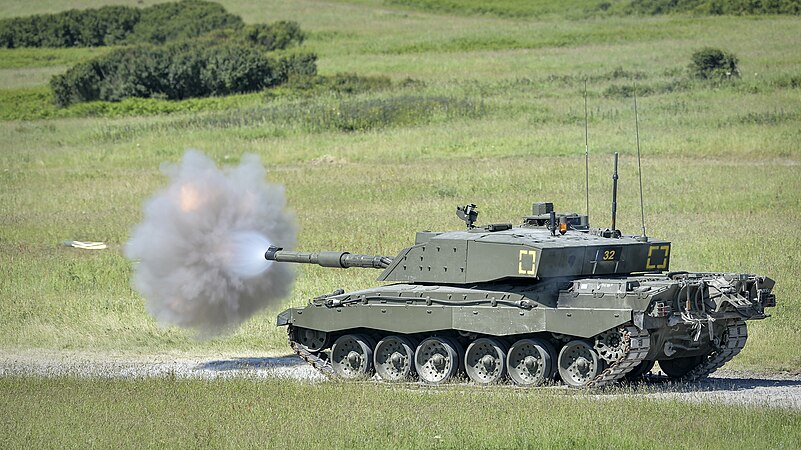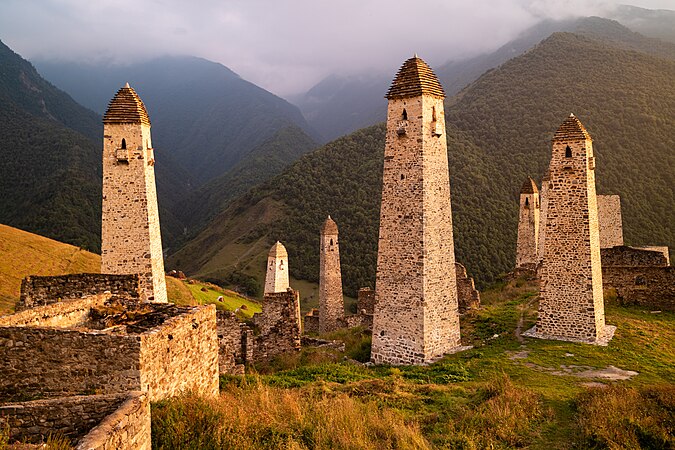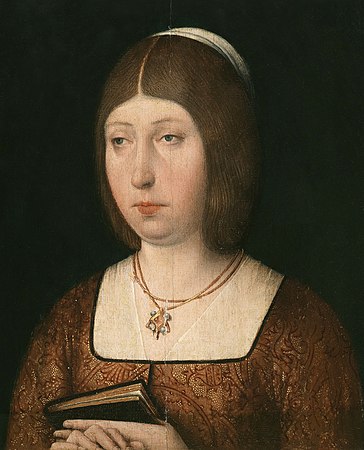Wikipedia:WikiProject Military history/News/May 2024/Articles
|
New featured articles |

- Raynald of Châtillon (Borsoka)
- Raynald (c. 1124 – 1187) was Prince of Antioch—a crusader state in the Middle East—from 1153 to 1160 or 1161, and Lord of Oultrejordain—a fiefdom in the crusader Kingdom of Jerusalem—from 1175 until his death, ruling both territories by right of marriage. Of French nobility, he fought in the Second Crusade, settled in Jerusalem, and married Constance, Princess of Antioch. Generally regarded as an adventurer whose plundering led to the fall of the Kingdom of Jerusalem, a least one historian considers him the only crusader leader who tried to prevent Saladin from unifying the surrounding Muslim states. Regardless, he was captured at the Battle of Hattin, and beheaded soon after.
New featured pictures |
-
A British Challenger 2 tank firing a practice round from its main gun
-
US Secretary of State William Rogers Signing the Paris Peace Accords, 27 January 1973, at Hotel Majestic, Paris. Restored by Yann.
-
Fortified military towers near the village of Erzi, Ingushetia
New A-class articles |

- Jozo Tomasevich (Peacemaker67)
- Jozo Tomasevich was a Yugoslav-American economist and historian whose works on Yugoslavia in World War II continue to be widely cited today despite his first book on the Chetniks being published nearly fifty years ago. He died before completing the third volume of his planned series on Yugoslavia in the war which was to be focused on the Partisans. The second volume in the series was published posthumously in 2001, with editing by his daughter.
- Fort McKavett State Historic Site (Vami IV)
- This article covers a former US Army installation in Menard County, Texas. The fort was established in 1852 as part of a line of forts intended to protect migrants to California. It was deemed unnecessary and abandoned in 1859, only to be occupied by settlers. During the American Civil War, the fort became an outpost of Confederate forces until they left for other theaters. When the US Army returned to Texas in the later 1860s, the fort was reoccupied and rebuilt, and became a base for the "Buffalo Soldier", or all-African American, 24th Infantry and 9th Cavalry Regiments. The fort was abandoned permanently in 1883 and a town located there declined over time. Preservation of the fort began in 1968 and on July 14, 1971, it was added to the National Register of Historic Places.
|






